5 reasons you need a multitool for your outdoor adventures
Our 5 reasons you need a multitool to add functionality to your backcountry adventures, whether you’re backpacking, camping or bikepacking
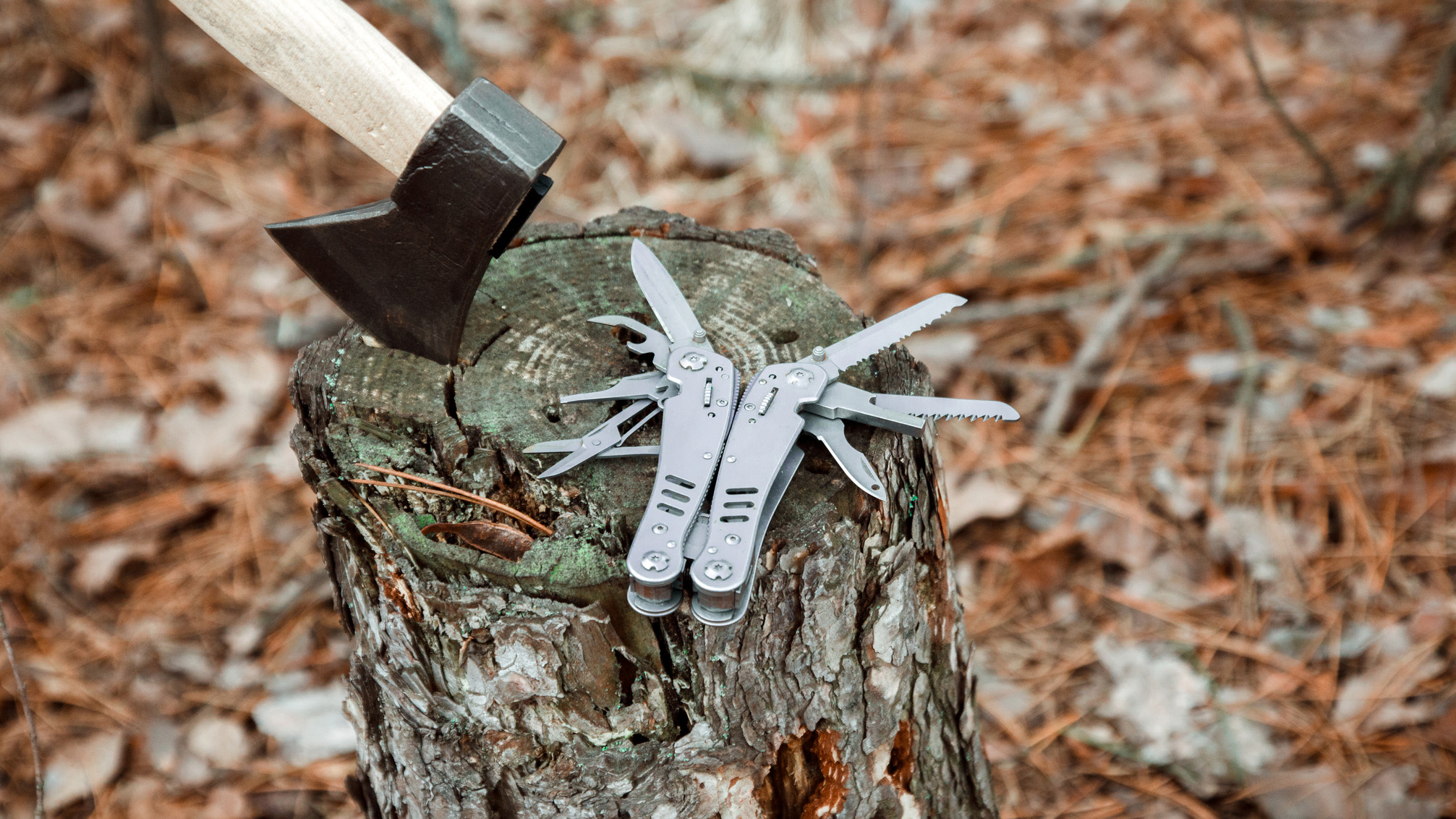
It’s clear that designers of outdoor clothing and equipment know there are many reasons you need a multitool when exploring the backcountry. When you stop and think about it, multitools – a single object that gives you multiple functions – are ever-present in the outdoors.
Your backpack strap redistributes the weight of your pack and has an integrated emergency whistle. Your ice axe has a spike for stability, a pick for gripping snow and ice and an adze for cutting and clearing snow. Your compass allows you to tell which direction you’re heading in, but also has a magnifier for enlarging the features on a map and rulers for measuring the distance from A to B. In fact, the ultimate trail gadgets, the smartphones and GPS watches of this world, perform a vast array of tasks that were almost unimaginable mere decades ago. I could go on…
While none of these fit the classic image of a multitool, I’d say they qualify if the definition of ‘a small device that incorporates several tools within a single unit’ is taken at face value. More importantly, they all go to show that carrying less is clearly beneficial for outdoor adventures of all kinds. When travelling fast and light, with only a hiking backpack or hydration pack on our shoulders, us adventurers like to be able to do as much as possible with as little as possible. This is why a 'traditional' multitool is such a handy item.
So, from the humble wooden spork to the most expensive Swiss Army Knife, there are many reasons you need a multitool. In this feature, I’m mainly dealing with the classic multitool – you know, the traditional blade, screwdriver, bottle opener, pliers variety – and give five reasons you need one for your backcountry adventures.
Meet the expert
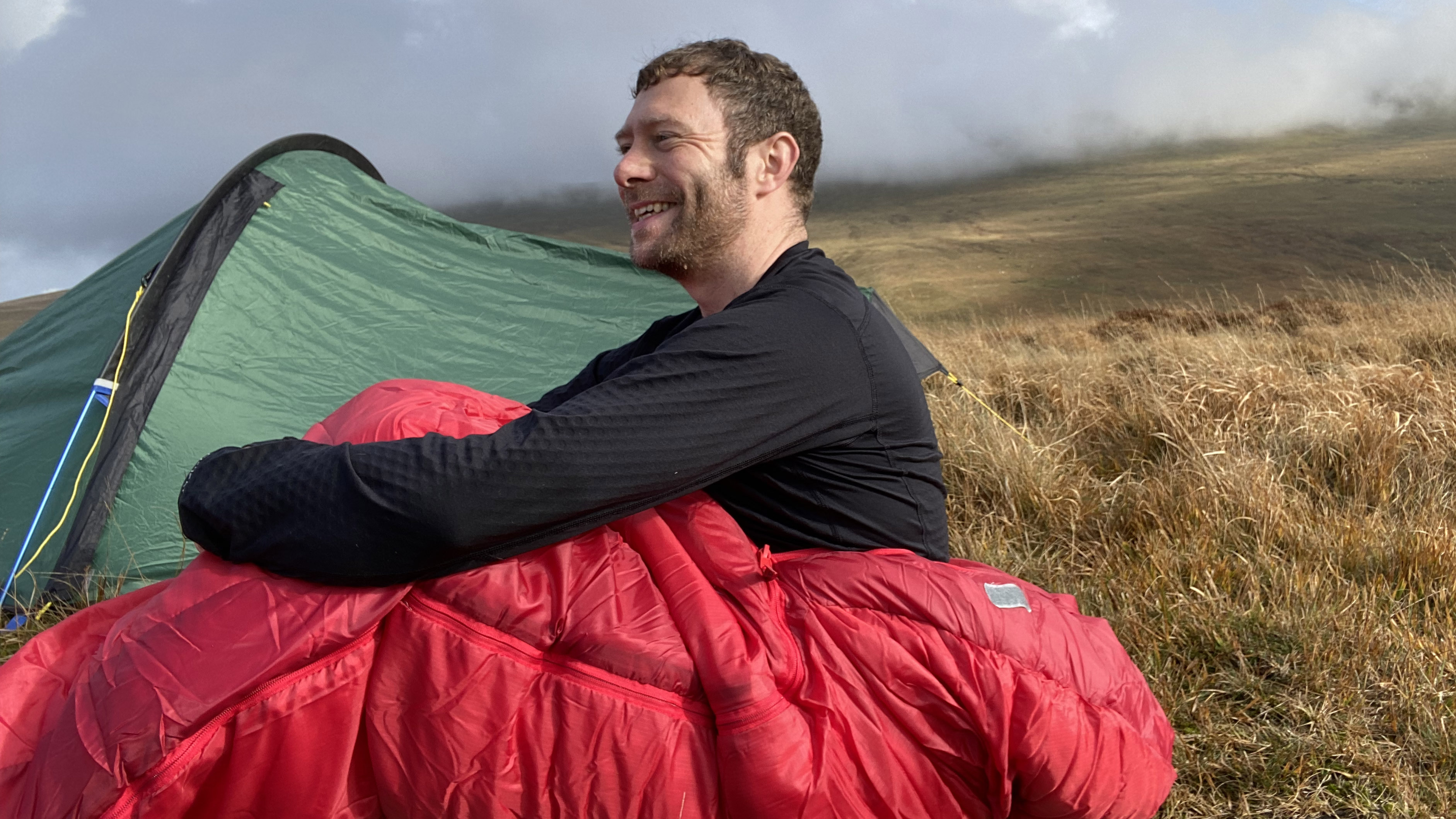
As someone who enjoys various forms of outdoor adventure and is a father with a household to keep in ship shape, Alex certainly appreciates the tremendous and convenient functionality of a multitool. As a qualified Mountain Leader, he values any practical innovation that makes time in the backcountry more straightforward. Meanwhile, as a Dad, he’s often found changing batteries in singing teddies that are supposed to help children sleep, but seemingly don’t.
Today's best deals
What is a multitool?
- A multitool is a compact and portable piece of equipment designed to fulfill multiple functions
- They usually have fold-out knives, screwdrivers, scissors, pliers, bottles openers and more
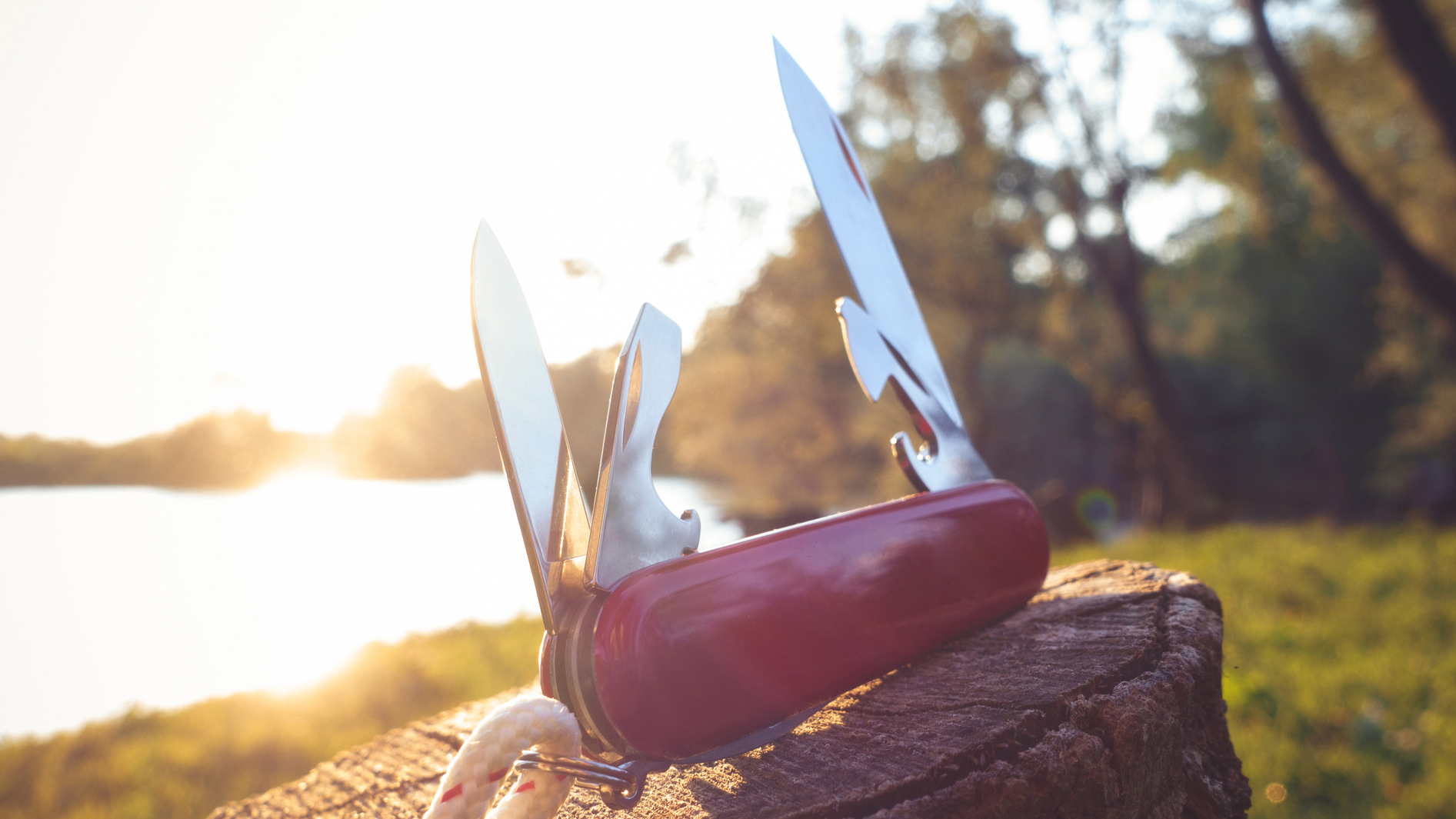
At a fundamental level, a multitool is any piece of equipment that has been purposefully designed to perform more than one specific function. The popular image of a multitool is something like the classic Leatherman, a compact, metallic gadget with fold-out knives, screwdrivers, scissors, pliers, bottle openers and the rest. However, these days multitools come in many shapes, including payment card sized units that can slip inside a wallet or minimalist tools that can be clipped to your backpack or a carabiner, all while still providing the various uses of a multitool that we’ve become accustomed to.
The advantages of a multitool are that they give you a portable, compact and highly functional unit that’s always at the ready, which makes them popular with packers of the back and bike variety. In terms of disadvantages, you could argue that any one of a multitool’s individual components isn’t going to do its job quite as well as a dedicated tool. For example, a dedicated camping knife is always going to offer a more ergonomic grip and a finer cutting and slicing action than a blade that’s been crammed into a unit with a dozen other tools.
1) Portability for the trail
- Multitools fold into a small and portable package
- Bikepackers should look for a specific bike multitool
- Wild campers heading into the wilderness will benefit from various tools
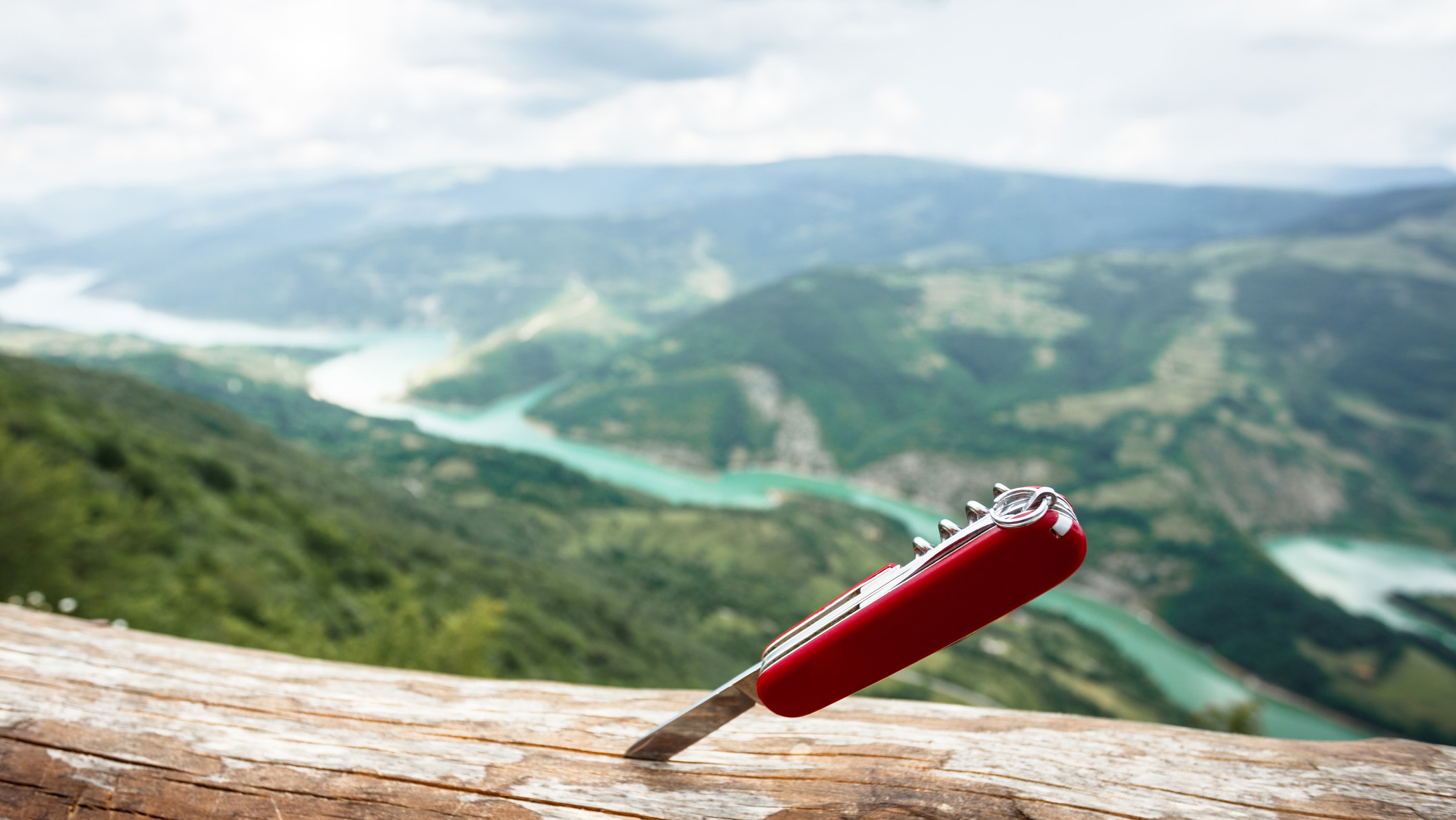
One of the primary advantages of a multitool is its portability, which makes it a real favorite of backpackers and other trail users. The model you opt for will depend on your chosen adventure. Those exploring the backcountry on two wheels will want to carry a bike multitool, which are designed specifically to be an essential part of your bikepacking repair kit. You can expect such a tool to have allen wrenches, chain tools, screwdrivers and pliers all included.
Advnture Newsletter
All the latest inspiration, tips and guides to help you plan your next Advnture!
Meanwhile, wild campers heading into the wilderness may not have much use for tools for mechanical items (think screwdrivers and the like) but will value the keys to simple pleasures like bottle openers for that summit beverage and can openers for the evening meal.
2) Functionality for camp life
- A multitool can be used for tent repairs, when cooking and for the campfire
- Vanlifers will benefit from its functionality when it comes to both the van's mechanics and its interior appliances
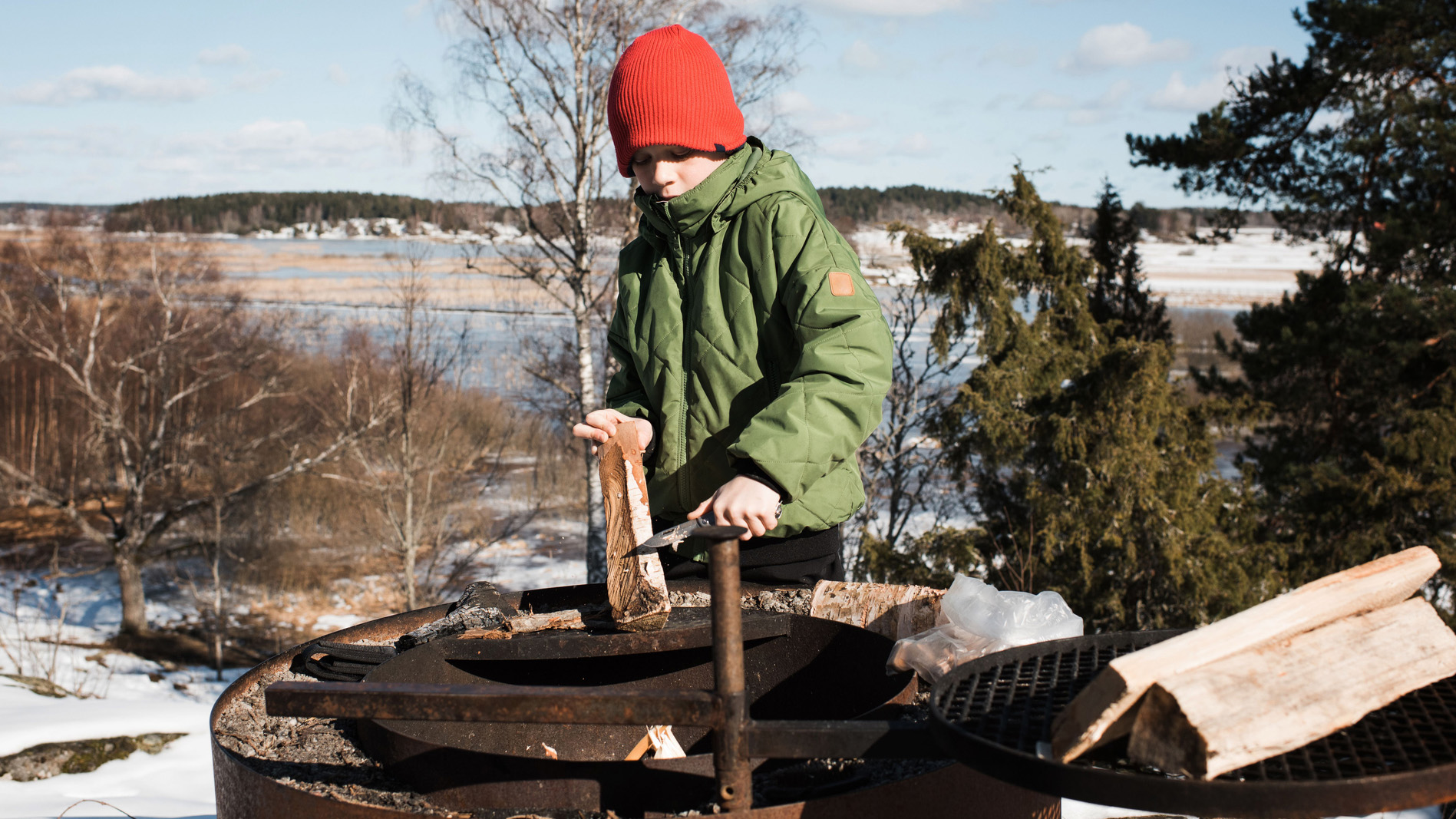
“Anyone got a bottle opener?” Yep, a multitool really comes into its own as part of your camping tool kit. Okay, some coolers have an integrated bottle opener, which, if you think about it, makes them multitools too. However, you get my point. You can work a quality multitool extremely hard when you get to your chosen basecamp.
As well as things like tent repairs, camp life can demand a lot from a multitool around dinnertime. From using the saw blade to process kindling for the wood-burning stove and using the knife to slice vegetables, to opening cans of chopped tomatoes and removing the pan from the camping stove using pliers, a multitool is most of your camping utensils in one. Plus, that kindling you process can also be used for the campfire.
Of course, a multitool is a massive help to those using internal combustion engines to explore the backcountry, such as overlanders and vanlifers. As well as all the usual campsite scenarios, add in all the mechanics of a vehicle and, in the case of van life, half of the appliances you’d find at home, you’re multitool will be out so often you’ll wonder how you coped without one.
3) For emergency situations
- The quick-to-hand nature of a multitool makes it immediately useful in an emergency
- Scissors can be used to cut dressings to size, while pliers can be used to remove foreign objects
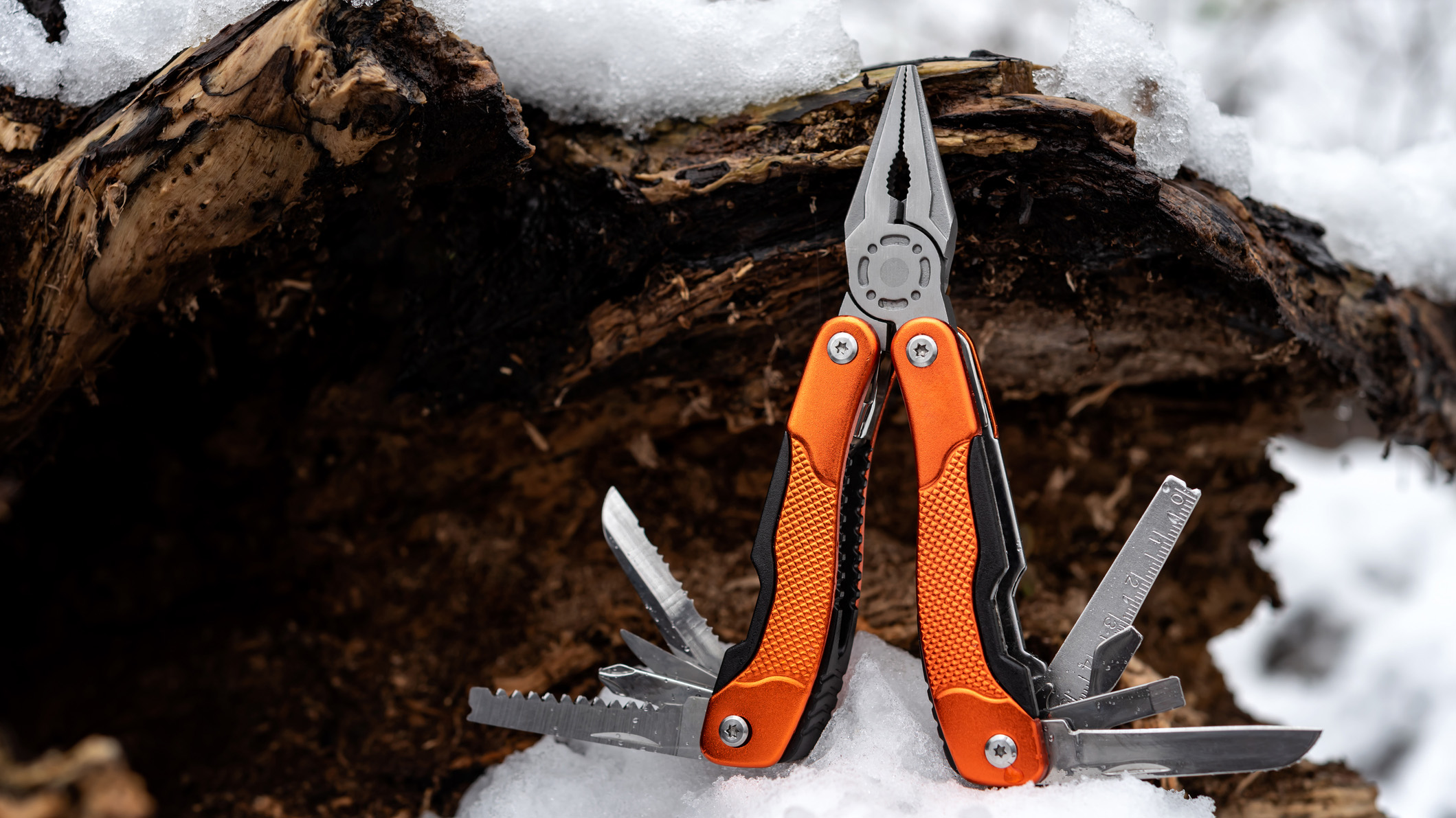
As well as being wonderfully portable, a multitool is also immediately to hand, giving you rapid access to its myriad functions. This is particularly important in an emergency, when the last thing you want to be doing is rummaging in your daypack for a specific tool. A multitool’s scissors can come in handy for cutting dressings to size and the like, while the pliers can be used to remove foreign objects (within reason, of course).
It’s worth noting that your multitool won’t be sterilized, so avoid mixing it with bodily fluids or actually inserting it into a person. Also, one of the most dreaded foreign objects that can latch onto us is the tick. If you have no other choice, you can use a multitool’s pliers to remove a tick. However, it’s better to use a dedicated tick removal device such as a Tick Twister, as otherwise you might inadvertently crush it into your bite wound, which can make complications like Lyme Disease more likely.
4) It’s a precise navigational tool
- The ruler on a multitool can be used to calculate distances on a topographical map
- The sharp end of an awl can be used to point at specific points on a map
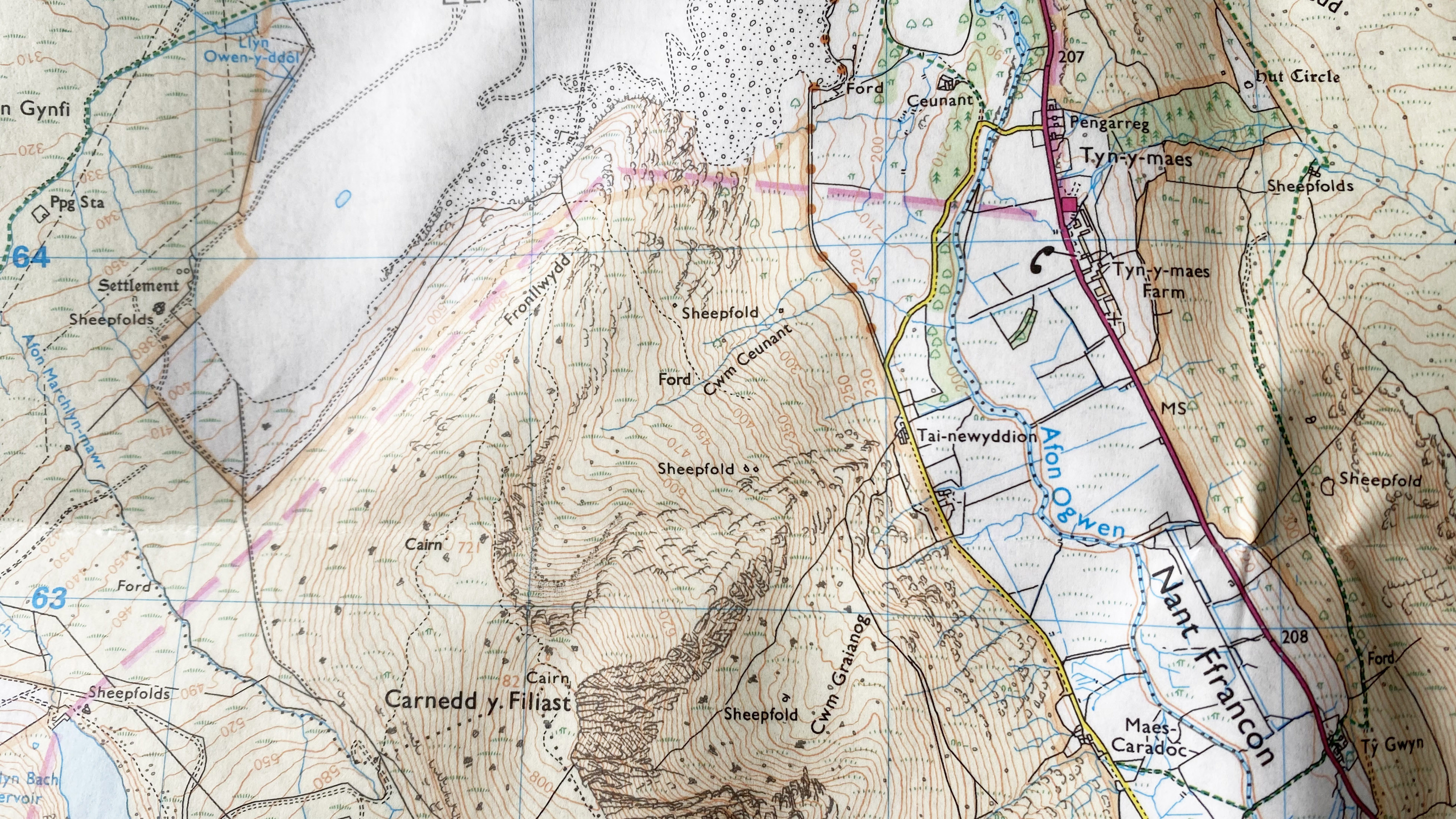
If your multitool features a ruler, it can be used to calculate distances between places on a topographical map when used in conjunction with the map’s scale. Knowing the distance between your location and intended objectives is vital when working out how long any give route might take. When winter walking, mountaineering or ski touring, you could also use it measure the distance between contour lines to get a sense of slope angle and, therefore, the avalanche risk. For example, on a 1:25,0000 scale, contours lines spaced between 1mm and 3mm apart are between 30 and 45 degrees and therefore prone to avalanche.
Our index fingers are also relatively rounded and blunt when it comes to pointing to precise locations on a map and sharing them with a hiking partner. The sharp end of an awl on a multitool is much better suited to this purpose, allowing you to pinpoint that key navigational feature with certainty.
5) Of course, it can be used at home too
- A multitool is very useful to have around the house
- It's a timesaver when you have it to hand
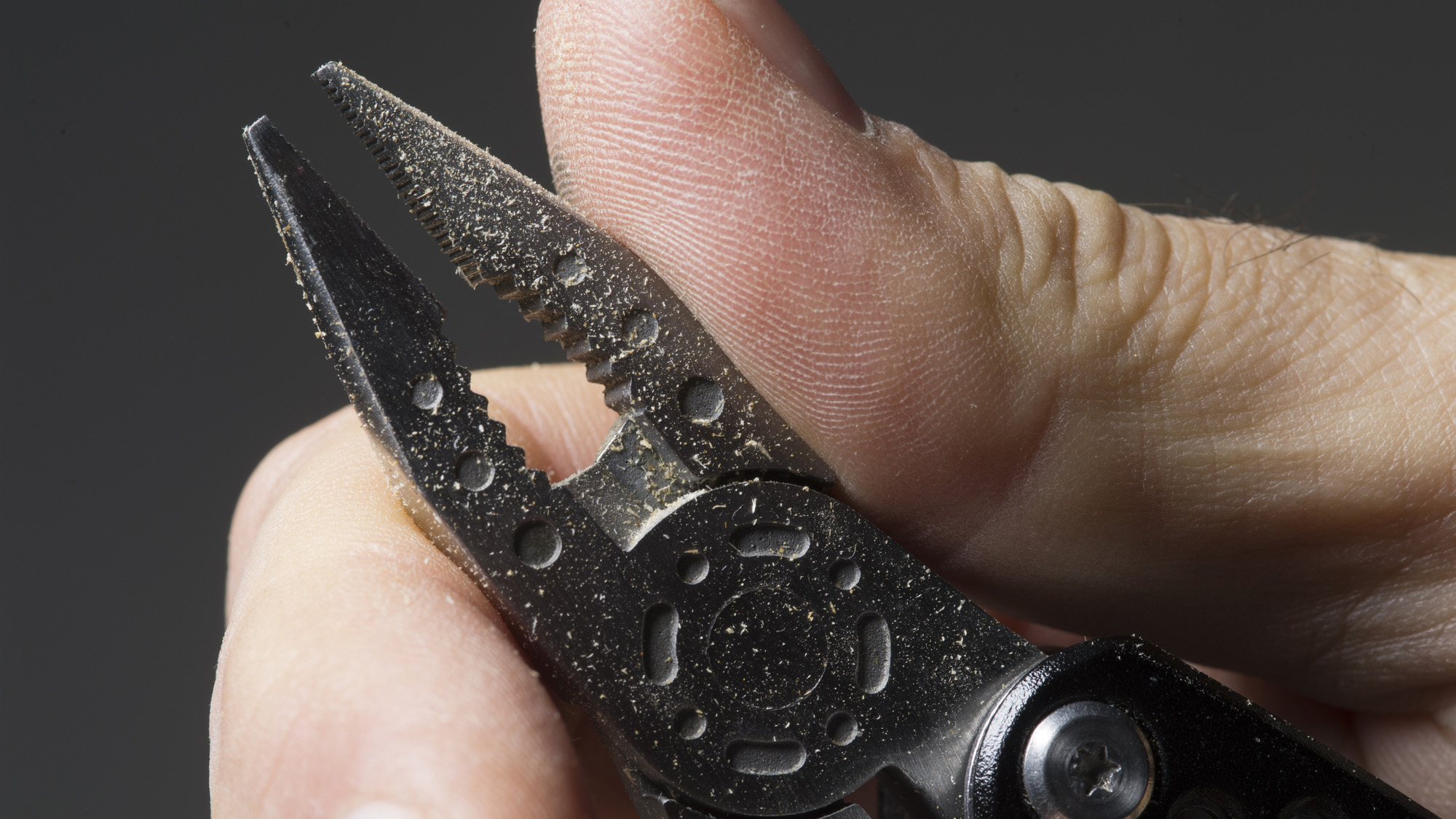
If you get into the habit of having your multitool to hand as part of your everyday carry, it becomes a real ally in the house, the garden and around the city too. As a father, I spend a lot of time doing things like replacing batteries in singing teddy bears so that they don’t sound like a detuned nightmare from a horror film, just to give one example.
Yes, from tightening stair gates and adjusting cots to building new furniture and snipping open packets of Bluey stickers, my life would be unimaginable without my multitool. I’m being slightly dramatic here, of course. I do own scissors, screwdrivers, a spanner and an allen key set. However, as other parents will attest to, looking after children is a bit of a time vacuum, and the more I can claw back by having a multitool to hand for odd jobs, the better.
Alex is a freelance adventure writer and mountain leader with an insatiable passion for the mountains. A Cumbrian born and bred, his native English Lake District has a special place in his heart, though he is at least equally happy in North Wales, the Scottish Highlands or the European Alps. Through his hiking, mountaineering, climbing and trail running adventures, Alex aims to inspire others to get outdoors. He's the former President of the London Mountaineering Club, is training to become a winter mountain leader, looking to finally finish bagging all the Wainwright fells of the Lake District and is always keen to head to the 4,000-meter peaks of the Alps. www.alexfoxfield.com

